This satisfying, involuntary act of yawning and stretching helps release tight muscles
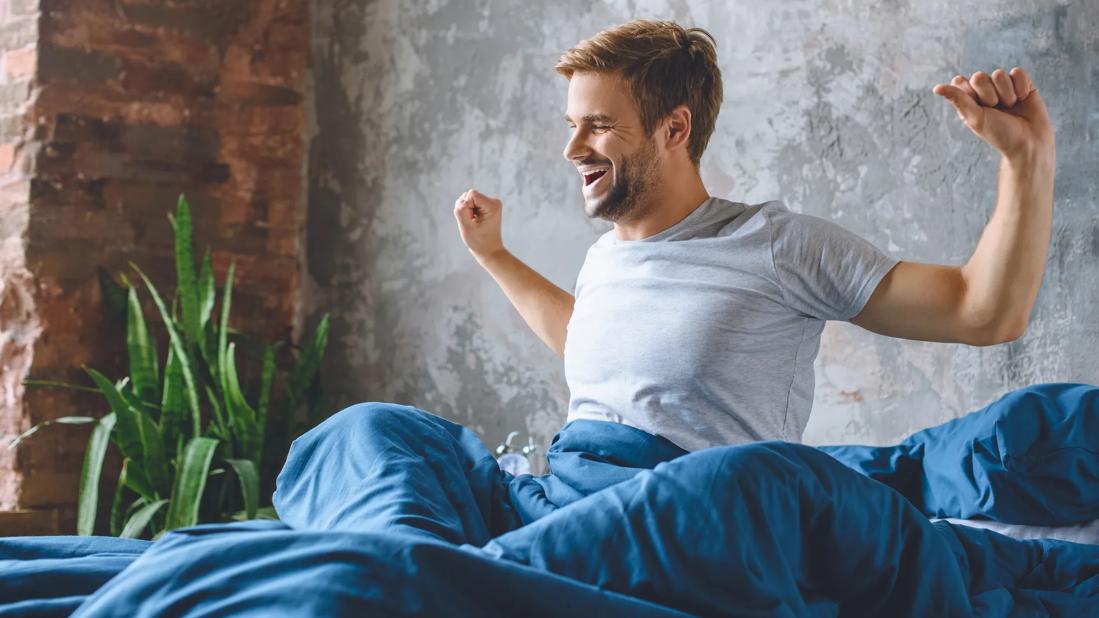
Pandiculation — sounds like something you might do in math class, right? Not exactly. It refers to the yawn-stretch reflex that happens after you’ve been inactive for a while.
Advertisement
Cleveland Clinic is a non-profit academic medical center. Advertising on our site helps support our mission. We do not endorse non-Cleveland Clinic products or services. Policy
“Pandiculation is hardwired into the brains of humans and other mammals,” says primary care provider Jeffrey Brown, DO. “Cats are especially good at pandiculating, with their exaggerated stretches. The movement readies their muscles to pounce.”
Dr. Brown explains why pandiculation occurs and how to harness it to relieve muscle tightness.
Pandiculation is a big stretch you do with your arms and body, often yawning at the same time. It’s involuntary, meaning you do it automatically, without thinking. Pandiculation usually occurs at transitions in your sleep-wake cycle, especially when waking up. That magnificent morning stretch that energizes you and gets you ready for the day is a prime example.
The purpose of pandiculation is to reboot the nerves that control muscle contraction. It eases muscle tension that accumulates due to a lack of movement.
Many animals pandiculate, from dogs to hippos. If you’re pregnant, you may feel the fetus do it, too! As adults, you probably don’t do it enough, as the behavior is sometimes considered rude.
Experts aren’t sure exactly what triggers pandiculation.
“We believe the process starts in an area of your brain called the hypothalamus and is related to a release of cortisol,” Dr. Brown reports. “The hypothalamus helps maintain balance in your body, controlling processes such as sleep, mood and body temperature.”
Advertisement
Hormones produced by your hypothalamus activate other hormones in your body, including cortisol. You may know cortisol as a stress hormone, but it’s also a part of your body's (rather complicated) internal clock.
There’s also a release of dopamine during pandiculation. Although we don't fully understand this connection, it may be why pandiculation feels so great.
They look the same. But stretching and pandiculation are different movements. There are many ways to stretch.
“Pandiculation is unlike any of these types of stretching,” clarifies Dr. Brown. “When you pandiculate, you stretch your muscles while contracting them at the same time. In essence, your muscles are pulling in one direction as you push them in the opposite direction.”
Pandiculation is also unique because it’s an automatic response. Stretching, on the other hand, is something you do intentionally.
We’ve already noted that pandiculation helps regulate your internal clock and floods your body with the “happy hormone” dopamine. But that’s not all researchers think it does. Other possible benefits of pandiculation include:
You can do pandiculation intentionally as well, although you won’t experience the same feel-good sensations as you do with involuntary pandiculation.
Advertisement
The basic procedure to release a tight muscle is to:
Pandiculation exercises focus on specific muscle groups and movements. For example, to release tense muscles in your lower back:
To learn how to do pandiculation exercises properly, Dr. Brown recommends finding a trained practitioner — in person or online. Books and videos are also available. As long as you start slow and stay within your comfort zone, the exercises should be safe. And you might even find long-lasting relief from pain.
The effectiveness of pandiculation exercises isn’t well studied, especially compared to other mind-body therapies, such as yoga and tai chi. One study looked at the effects of pandiculation exercises on chronic back pain. The results showed that completing three exercise sessions reduced pain medication use by 75% and provider visits by 53%.
“The theory behind pandiculation exercises is sound,” says Dr. Brown. “For anyone with chronic muscle tightness, it’s definitely worth a try.”
Advertisement
Learn more about our editorial process.
Advertisement

Shoulder rolls, hamstring stretches and calf exercises can all improve flexibility and endurance

While one focuses on stretching through movement, the other requires holding poses for 30 to 90 seconds — both can have a place in your fitness routine

Stretch before and after your workouts for maximum benefits, but your pre-workout stretches should be different from your post-workout stretches
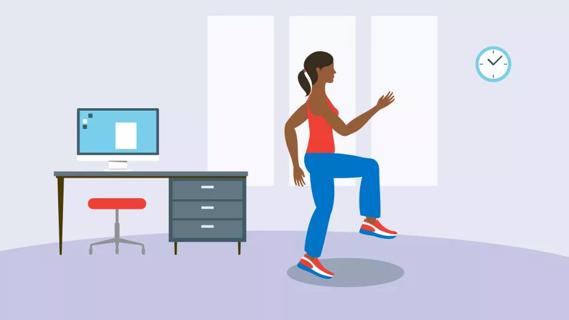
Counteract psoas muscle stiffness and soreness with stretches that lengthen and strengthen
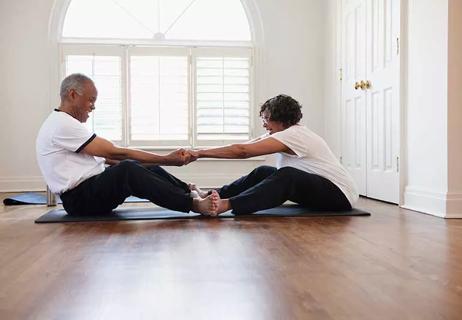
Having a partner help you stretch can prevent injury and lead to an increased range of motion
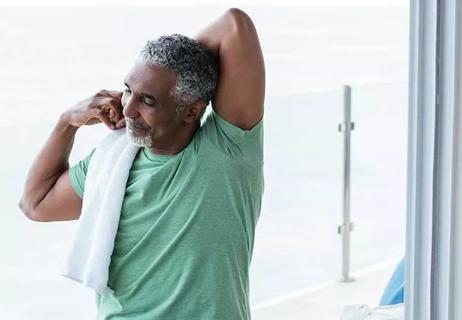
Simply contracting certain muscles provides a good stretch to other areas of your body
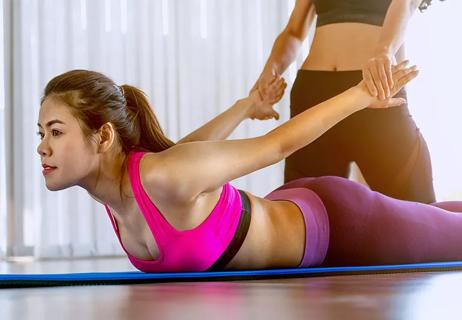
Relax into this form of stretching while a prop or partner assists you

Reduce pain and stiffness by stretching your body throughout the day

Leg-related symptoms indicate DVT, while chest symptoms point to a pulmonary embolism

There are many different ways to love someone and yourself

Looking down at your smartphone or computer screen can stress muscles in your neck, shoulders and back